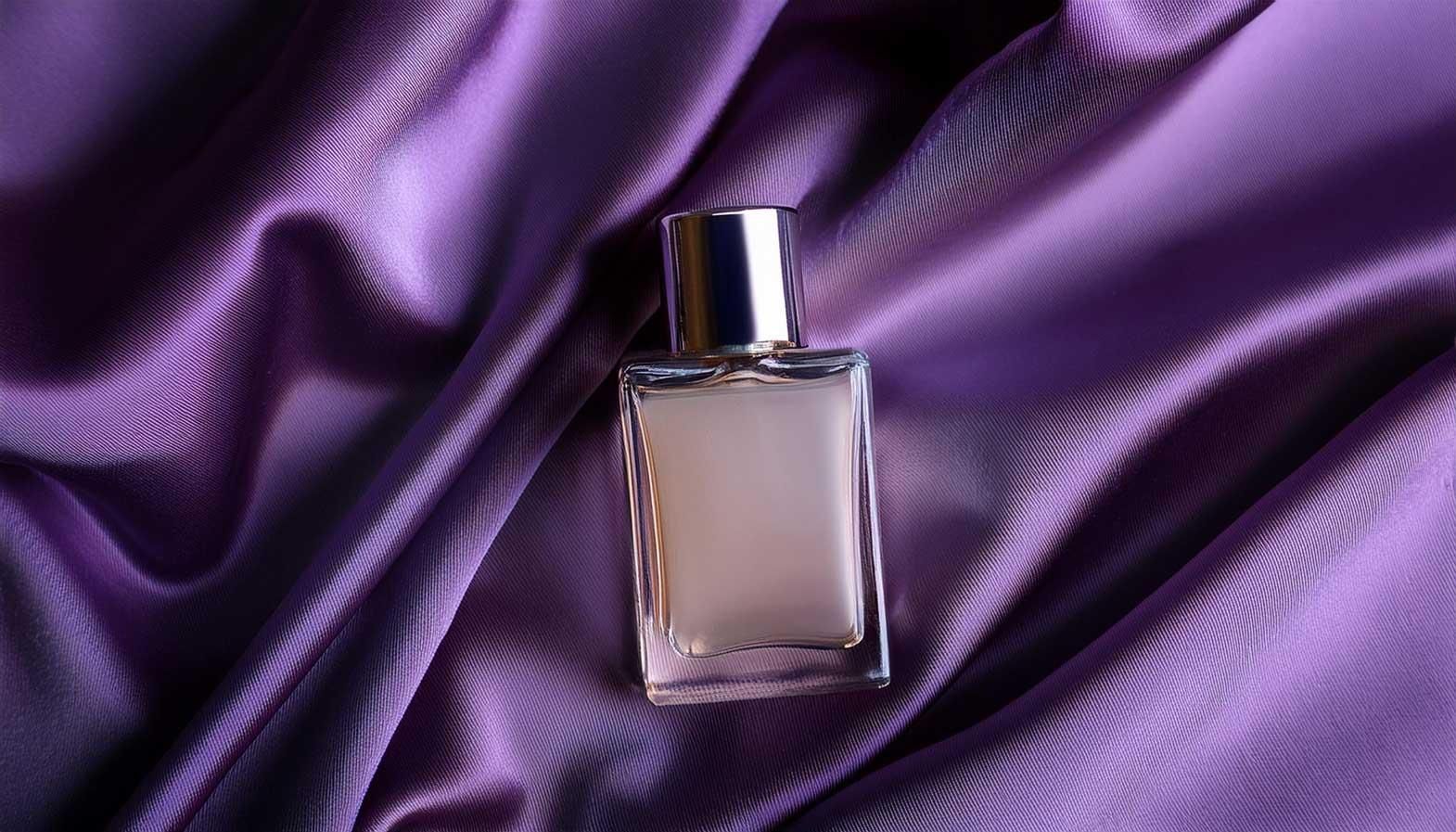Fragrance play an important in revitalizing the mind and the body. Addition of fragrances to textiles has been there for many years in the form of fabric conditioners for the purpose of washing and while tumble drying. These products were designed to impart fresh aroma to the textiles treated with it, but could not retain the fragrances for a long time.
This became possible only with the advent of the micro encapsulation technology in textiles. It is an effective method used to control the discharge properties of active ingredients that lengthens the effect of fragrances. Micro encapsulationis the technique where small solid particles, liquid droplets, or minute bubbles of gas are coated, and when certain amount or pressure is exerted or the surface is scratched, it releases the compounds inside the capsules.
Currently microencapsulation is used in textiles for anti-bacterial treatments, UV protection, for moisturizing and skin treatments, body temperature regulation,repellence, and for perfume or fragrance releases. The application of the technique for fragrance releases however is of high demand.
The core substances enclosed in the capsule are released instantly on the fabric or textile material, when a mechanical movement such as abrasion, deformation, and friction occurs, and ultimately the active agents are released on the skin.There are various methods and techniques of micro encapsulation which involves tiny solid, liquid, or gas particles which are between 50 nm and 2 mm, and are covered with a natural or synthetic polymeric membrane. The smaller the capsules, the greater will be the covering of the product, and consequently longer the fragrances would last.
The material that is encapsulated is called the fill, internal phase or core material. The outer wall that encloses the fill is called the shell or the coating. Various materials are used in coating like modified polysaccharides,gums, lipids, protein materials, and a lot of synthetic polymers. Using a particular type of core material and the coating depends on the method used formicro-encapsulation of fragrances.
Encapsulation is necessary to protect fragrances, from oxidation due to heat, light, moisture, and exposure to other elements in their lifetime. It also prevents volatile compounds present in fragrances from getting evaporated. There are many physiochemical, chemical, and mechanical methods. The following are a few methods of micro-encapsulation of fragrances in textiles:
1. In situ polymerization: It is a chemical microencapsulation process in which the shell formation occurs due to a polymerization process and takes places only in the outer membrane of the capsule, without adding any reagents in the core material.
2. Emulsion cross linking: This process is a frequently used method for the preparation of protein and polysaccharide based microcapsules. It can be used for solid active agents as well as soluble or insoluble liquids. The emulsion is of single type when the core material is water-soluble and double when it is hydrophobic.
3. Coacervation: Coacervation is another frequently used physiochemical process of micro encapsulation. The concept is based on the ability of cationic and anionic water soluble polymers, which interact to form a liquid polymer rich phase called coacervate complex. There are two types of separation mechanisms; one is the simple way, where the polymer is formed by either changing the temperature, or by electrolytes action, or by desolvation; the other complex way is forming a polymer by oppositely charged polyelectrolyte. The polymer structures in this form of a process have low molecular mass and weak mechanical resistance.
4. Polyurethane Urea (PUU): Apart from these commercial processes; Polyurethanes are also used for microencapsulation of fragrances since it is the most versatile material in the world today. The thermal and chemical stability and the simplicity of preparation of PUU, have lead to its increased importance in the market for encapsulation. Moreover, it also provides environment friendly solution.
Perfumes have also been encapsulated in textiles. Musk, civet, pine, citrus, and ambergris oils are used typically for fragrances. The fragrance technology through micro-encapsulation has been used in scarves and handkerchiefs. Many luxurious brands like Hermes and Lancme have made silk scarves, ties, and even lingerie that release fragrances through encapsulation. Companies have produced fresh smelling sheets, towels, and even garments in fruity smells like orange and apples.
An innovative application is done by a company, which made use of aromas and essential oils in curtains, sofa coverings, and cushions. Products like these make use of aromatherapy oils encapsulated for healing in day to day usage of textiles. There are scented bath robes, sportswear, and even socks available. With technological advances and better micro encapsulation techniques, fabrics can now retain fragrances up to 25 wash cycles.
A path breaking innovation using microencapsulation of fragrances in textiles has been used for treating cancer patients. The company has designed head scarves and turbans that have aromatherapy oils, which have a therapeutic value and are aimed to treat cancer patients. Garments for children using oil extracts from the chrysanthemum plant have been used for microencapsulation made to repel mosquitoes. Whether it is for energizing, rejuvenating, for stress-relieving or healing scented textiles have immense possibilities and a growing market.
The integration of fragrances and aromatherapy in textiles is a user-friendly and novel idea. Even though the microencapsulation technology is relatively new, the efficacy is satisfactory and the application of fragrances is seeing new avenues of utilization in textiles.
References:
1. Tipo.org.tw
2. Basenotes.net
3. Bibliotecadigital.ipb.pt








Comments